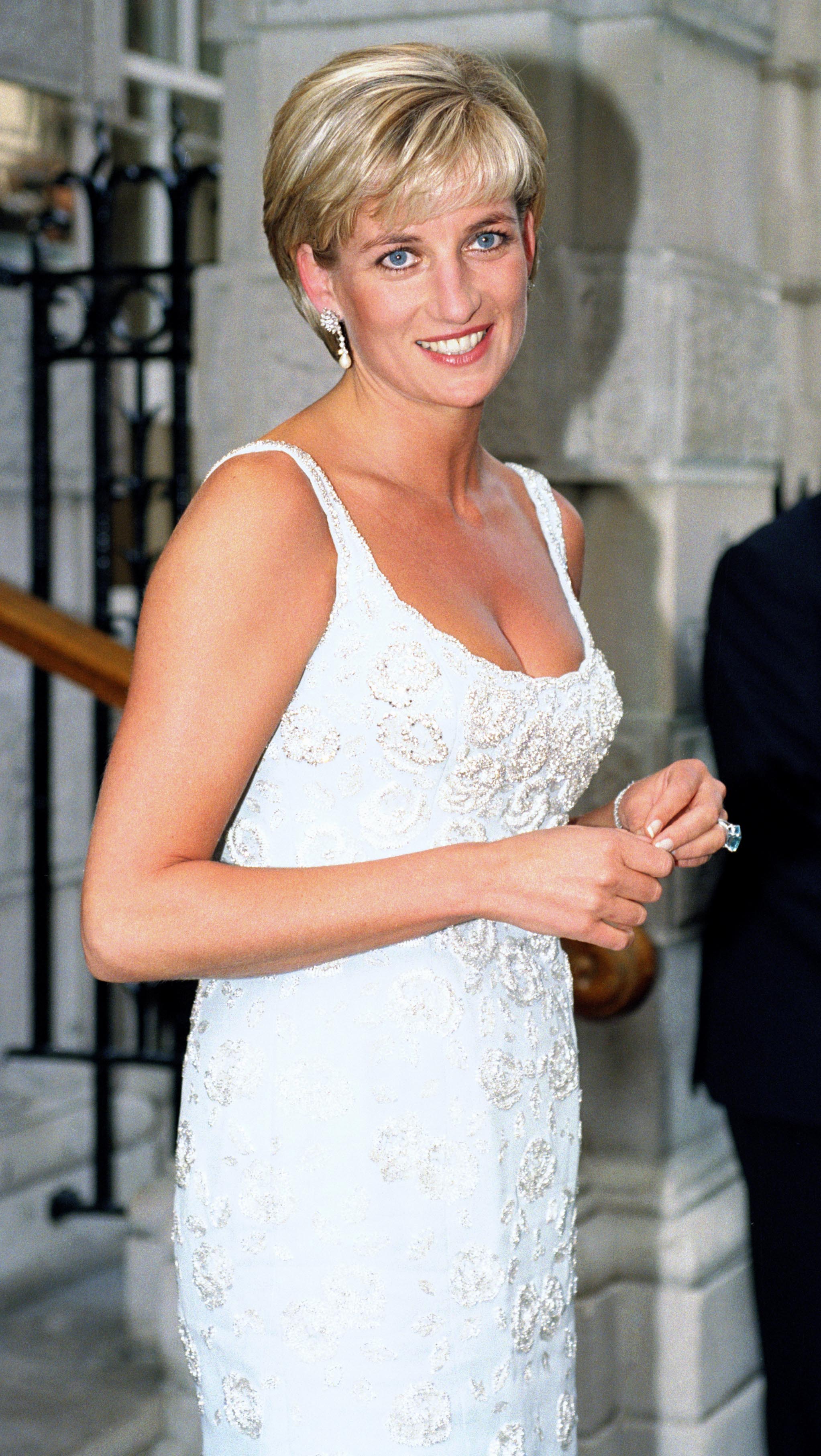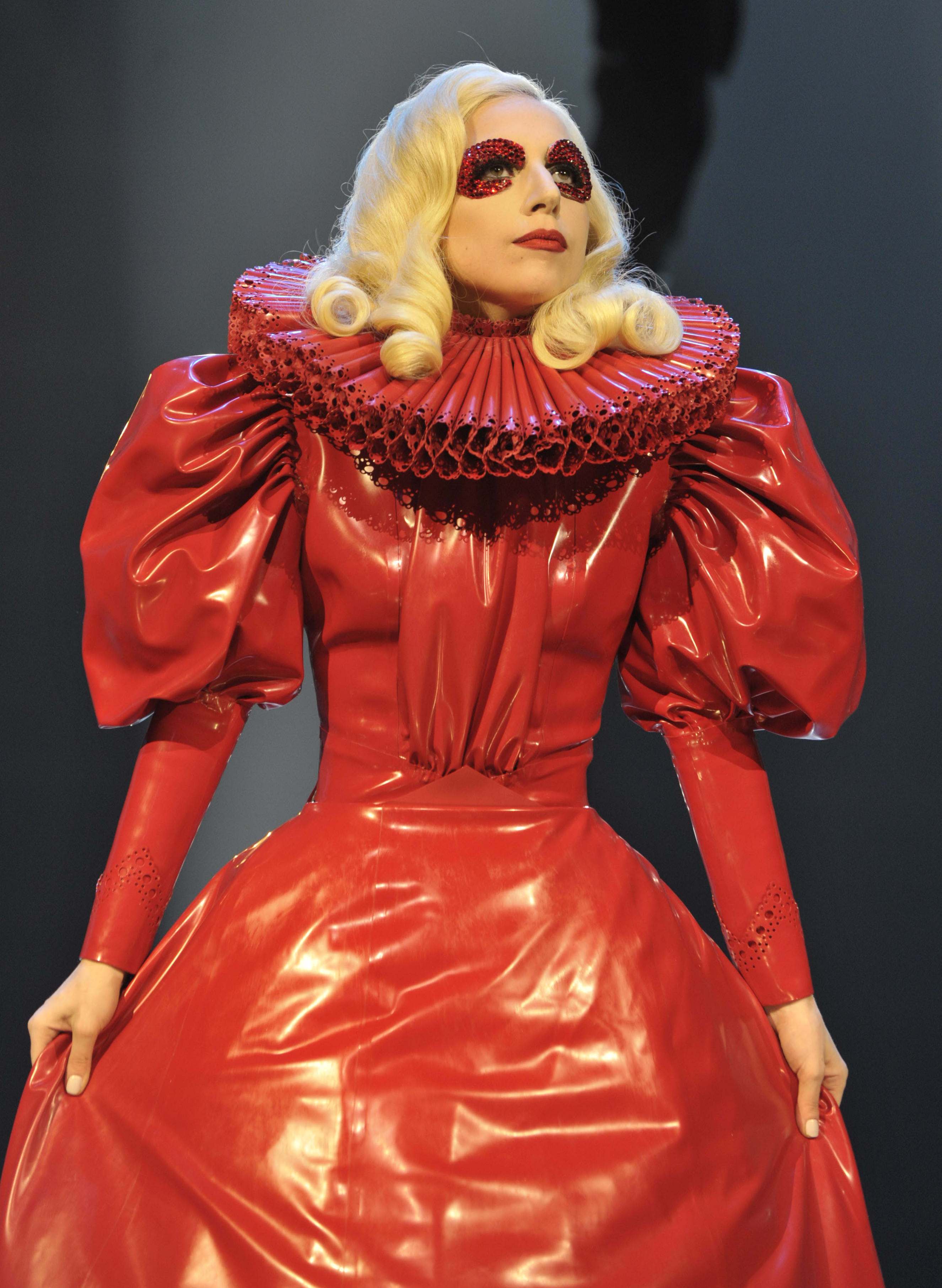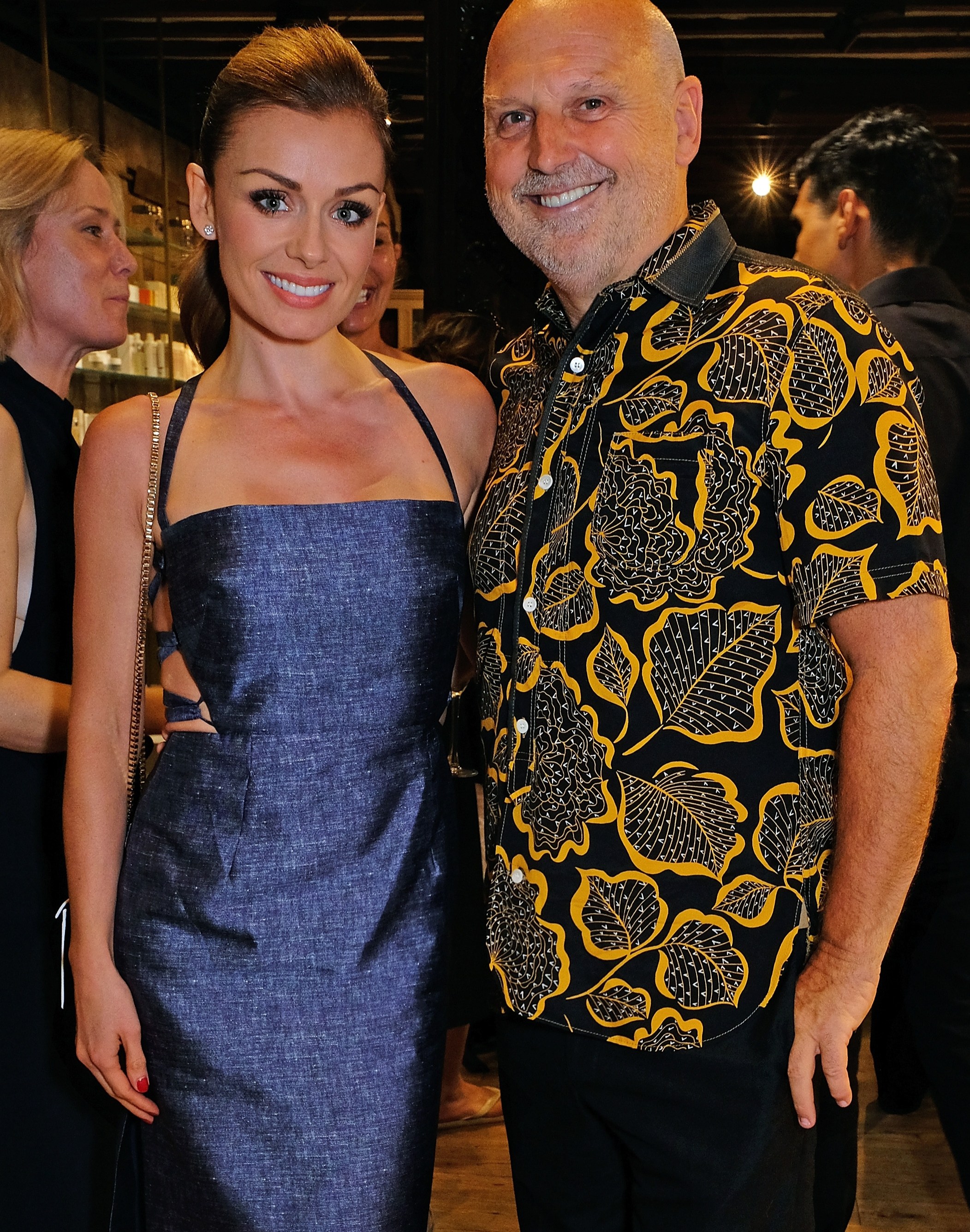How Princess Diana’s hairstylist cut his way into products market
As the hairstylist to Diana, Princess of Wales, and more recently for Lady Gaga and Taylor Swift, Sam McKnight is used to being at the top of his game.
He is a legend in his industry, able to work on creative partnerships with demanding fashion designers such as Karl Lagerfeld and John Galliano without hesitation. Yet when McKnight sat across a table from private equity investors who were considering taking a stake in his business, he felt unusually out of his depth.
He had launched a haircare range in 2017 and realised he needed external capital in order to cut through to consumers. “We struggled because it was just myself and [my business partner] Eamonn [Hughes]. We were just hairdressers who were still doing loads of fashion shows.”
He quickly saw that what the investors were looking for was someone to join the business who could talk their language. “No one was going to give us money until we had someone running the business side of it. I got it. I totally understood.”
The pair hired a chief executive, Joel Edmondson, the former head of UK grocery at Deliveroo, in July 2021 and went on to secure initial funding of £3 million, including an undisclosed amount from Manzanita Capital, the private equity firm, in November 2022.

That same year the brand was relaunched with a bigger range and sold £1 million of products “within months”. Today it is stocked in high-end beauty retailers including Cult Beauty, Space NK, Selfridges and Sephora.
McKnight, 69, said he had also invested more than £1 million of his own cash into the brand, his nest having been feathered by decades of being a stylist to an A-list roster of clients.
While west London is now his stomping ground, he grew up in a coalmining village in Scotland and struggled to find a job that suited him. He dropped out of a teacher training course and tried his hand at various endeavours, including working in a sock factory and driving around mobile discos. After “falling into” hairdressing, McKnight set his sights on the high-fashion side of the industry rather than perms and blue rinses.
“It was the time of David Bowie and disco music and hairdresser salons, which used to be where the old ladies would go on a Friday to get their hair done, were going through a period of modernisation. People were thinking about their hair in a very different way.”
He was drawn in by the images captured by world-famous photographers including David Bailey and Norman Parkinson for the fashion bibles Vogue and Harper’s Bazaar and scoured the credits for the name of the salon whose stylists had coiffed the models’ and celebrities’ hair. The name was always the same: Molton Brown.

McKnight persuaded the salon to hire him in 1977 and he was soon living his dream, styling models for fashion magazines in London. Three years later, he had itchy feet and struck out as a freelancer, before America came calling in 1982.
“I could smell the excitement of New York and I got a call from New York asking to see my work.” He was based in the Big Apple, with frequent travel, for 18 years until 2000, styling the hair of “the original supermodels” such as Christie Brinkley and Nancy Johnson, followed by the next big wave in the 1990s, Helena Christensen, Naomi Campbell and Linda Evangelista.
However, by far his best-known client was Diana, Princess of Wales, to whom he was introduced during a shoot for Vogue in 1990 with Patrick Demarchelier, the French photographer, and Anna Harvey, who was both Diana’s stylist and the fashion editor of Vogue. They “gelled” and before long McKnight was jetting around the world with her as her personal stylist. “She liked what I did with her hair, but it’s really about personal relationships, isn’t it? You’re not going to have someone around if you don’t get along with them. We made each other laugh.”
So close was the relationship that when the princess died in 1997, it sent McKnight into “a tailspin. Thinking back, I probably had some kind of breakdown. But you don’t really realise at the time. I just threw myself into two or three years of mad travelling and work.” He was away so much that in 2000 he realised he had spent only six weeks in his New York apartment. He was still pondering his next move when 9/11 happened. “That finished off my New York journey. It was never the same after that.”
He moved back to London and worked with some of the most famous fashion houses and designers in the world, among them John Galliano, who was then at Dior, then with Karl Lagerfeld at Fendi and then Chanel. “There was no master plan [for my career], it just sort of flowed. One thing would dip and then something else came along.”
While working with Lagerfeld at Chanel McKnight started using social media for the first time, first to post behind-the-scenes pictures of fashion shows, later to showcase some of his huge back catalogue of work, including countless cover shoots for Vogue magazine. It caught the attention of Somerset House and curators got in touch about doing an exhibition featuring the best of his work, which came to fruition in 2016, at the same time as he released a coffee table book.

Looking back at his career so far forced him to consider his future. For the first time he started thinking seriously about what he might do next. He had had enough of the constant travel and wanted to do something that was more sustainable as he grew older.
For years he had been toying with the idea of creating hair products that would more easily help both stylists and consumers to achieve the looks he’d created over the years. A licensing deal with Boots in the 1990s was “brilliant”, but McKnight was too busy to focus on it. “I had to let it go.” He also spent 11 years “consulting” for Procter & Gamble on new product development.
“We decided we wanted to find a way of tailor-making our own stuff, so we’re not just putting my name on something that exists. And it was these specific products I wanted to make that were really hardworking, really lightweight and easy to use.”
His first “cool girl” range was designed with one of his celebrity clients — and best friends — in mind: Kate Moss. “She has typical fine British hair that needs a little oomph. Most people don’t have two hours to do their hair and a lot of the products on the market were really heavy and weighing hair down. And we thought if we’re backstage [at a fashion show], we need something that works on fine hair and gives it that nice, messed up texture and volume that can brush out and is foolproof to use.”
McKnight had some experience of product development, but a crucial hire was Jo Farrow, the brand’s product development director, who brought with her a wealth of experience of working with UK manufacturers on the design of new cosmetic ranges. Farrow found a factory in Hampshire to make the range, which has expanded to include hair oils, shampoos, conditioners and dry shampoos and texturisers. “It was important to me that we’re as British as possible,” McKnight said.

Premium packaging and ingredients, including scents made by Lyn Harris, the British perfume maker, mean a premium price point. A can of his bestselling “cool girl” texture mist sells for £27 on McKnight’s website. He jokes that Edmondson “hates me” for his expensive tastes, but defends his choices, saying that consumers have more “refined” tastes than ever. “The truth is there’s no one ingredient that does everything, whereas when we’re designing a product it has to be the best volumiser or the best perfume.”
McKnight is as enthused talking about the future of the brand as he is about any of his previous celebrity clientele. He is involved in “absolutely every” aspect of development and is focused also on the export opportunity. About a quarter of sales of Hair by Sam McKnight, which are undisclosed, are to overseas markets. Australia, where it is sold in Mecca, a premium beauty retailer, is a strong market and the brand recently was launched in Italy.
Meanwhile, America is calling McKnight for the second time in his life. “I’m itching to get to America and back to New York. I hadn’t been for a while and I went last year and I thought, ‘I wouldn’t mind doing a month here.’ ”






